Frank Stella
Frank Stella was bron in Massachusetts in 1936. He attended high school at Phillis Academy and after graduation, went off to Princeton University. While he was studying for a major in history, Stella began to show great interest in art, especially paintings. He would regularly visit art museums in New York and became very fond of the popular minimalistic style of the 1950’s. Such admiration for the movement can be clearly seen in many of his first paintings (fig.1), that some might even call him a minimalism painter.
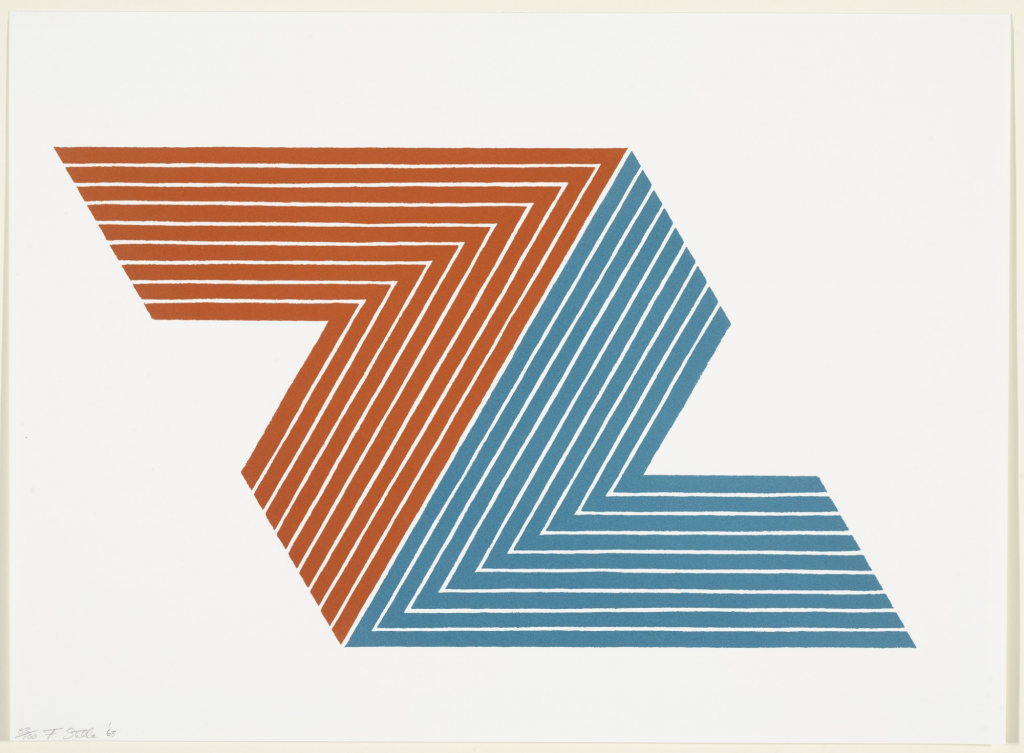
After finishing his studies, Stella moved to New York to pursue his artistic career. It was not long after did he acheive success. Before the age of 25, some of his paintings had already been displayed in great art galleries and museums, such as the his collection Sixteen Americans (fig.2) which was displayed at MOMA. Around the same time in 1959, Stella joined Leo Castelli’s stable of artists where he produced many of his iconic pieces. One of his most famous was the collection called the Black Paintings (fig.3), which was also bought instantly by the Museum of Modern Art. The collection was the beginning of his style and ability to set “aside illusionistic space for the physicality of the flat surface and deviated from the traditional rectangular shaped canvas” (“Frank Stella.” Guggenheim)
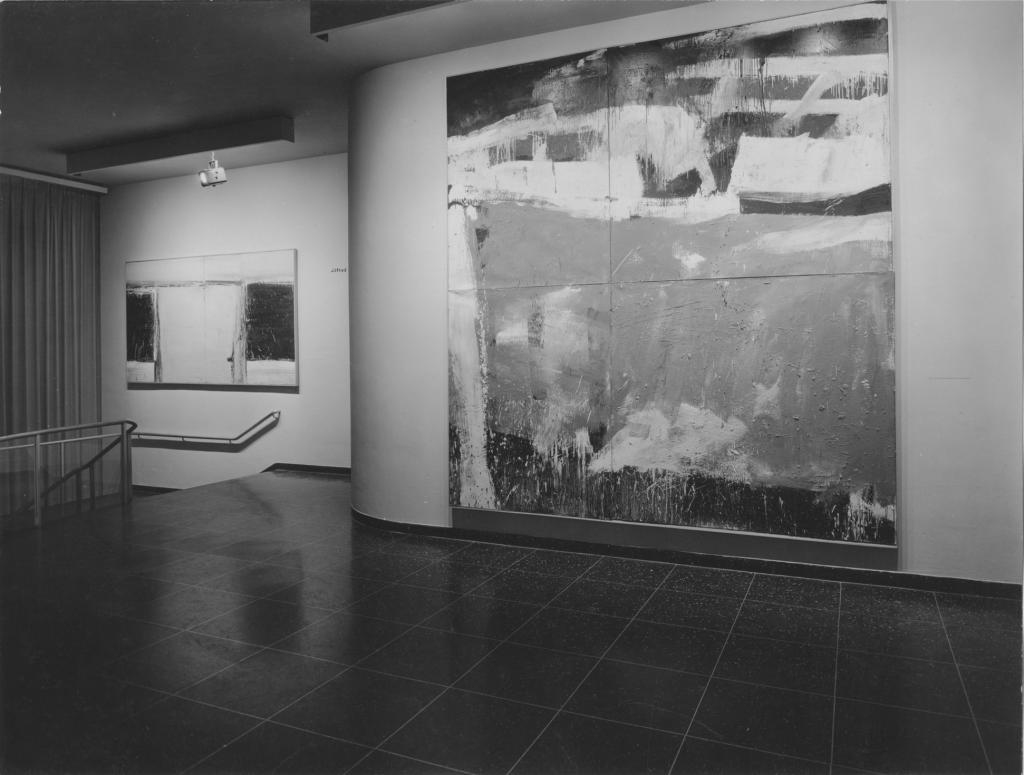
Fig.2 Sixteen Americans exhibition (December 16, 1959–February 17, 1960) 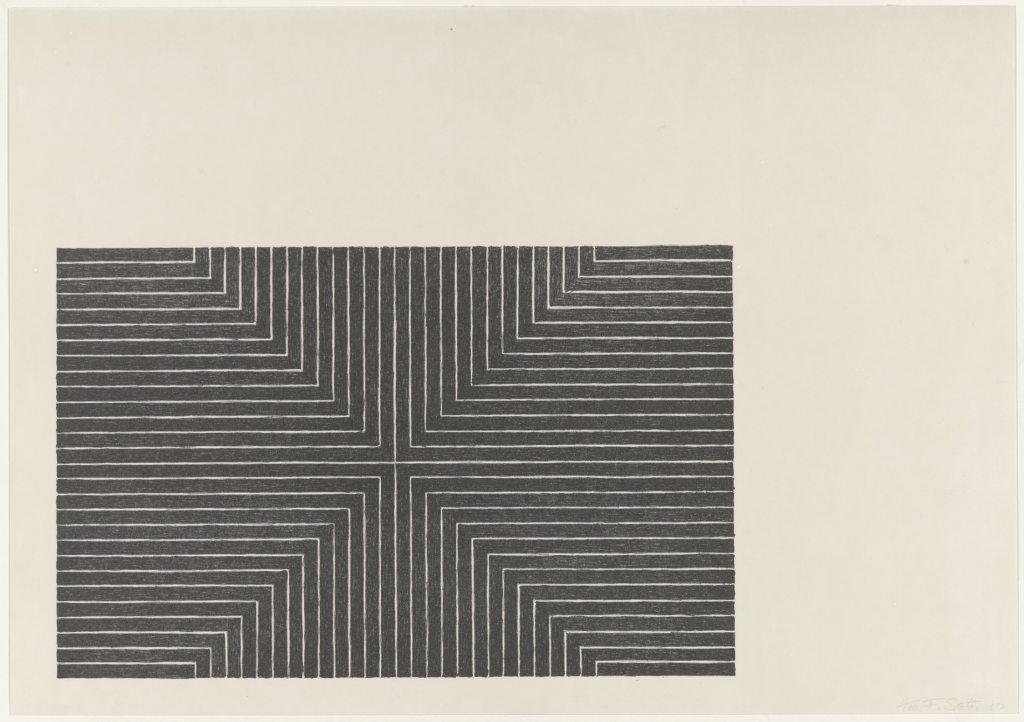
Fig. 3Arbeit Macht Frei from Black Series I (1967)
By 1970-80, Stella was (truly) reputed as a hard-edged painter due to his angular and geometric shapes found in his paintings. Over the years however, he bang to break out of the mold by creating more complex paintings. He would add “curved shapes, Day Glo colours and scrawled paint strokes” (ibid.) (fig.4.) Some of his work took on more sculptural tones swell. For example, he would simply places his paintings on the floor instead of propping them onto a well. He would also use new material such as wood, enabling him to create 3 dimensional pieces (fig.5)
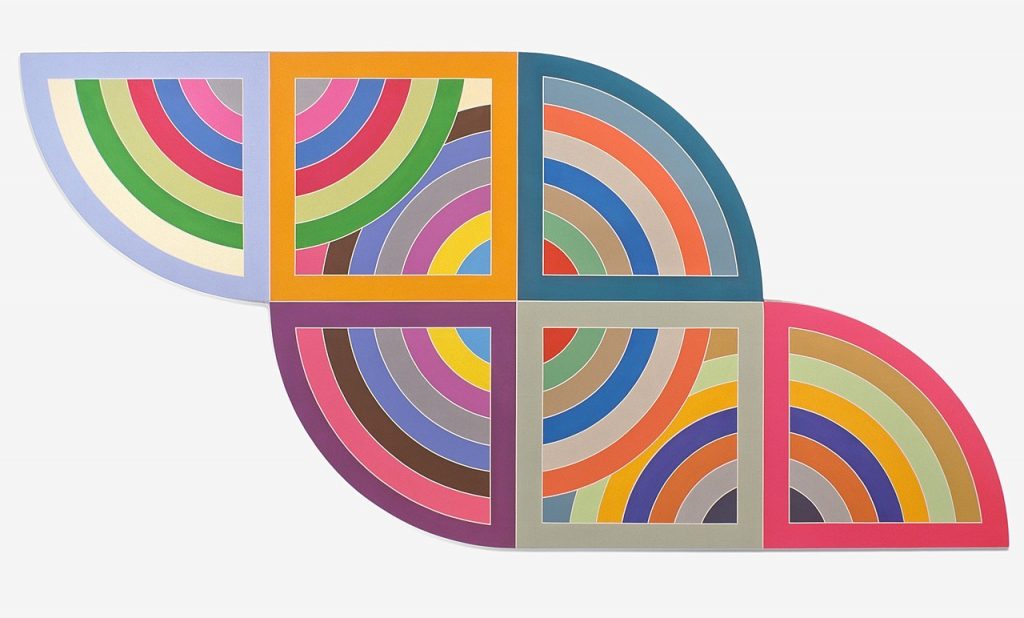
Fig.4 Harran II (1967) 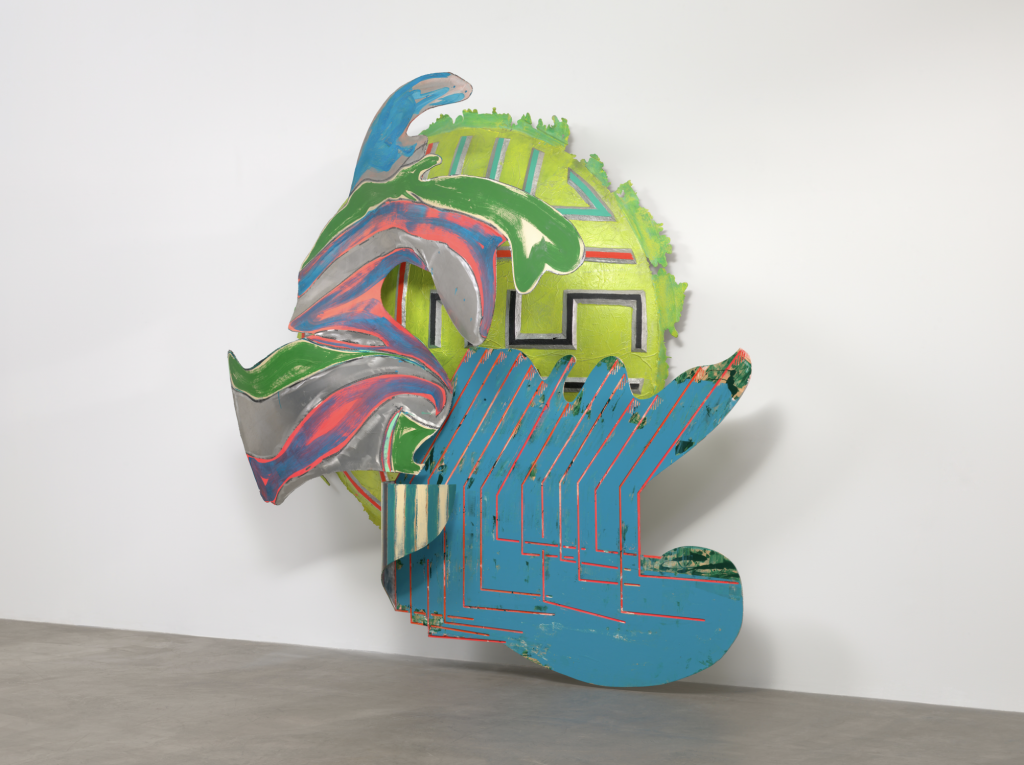
Fig.5 The Wheelbarrow (B #3, 2X) (1988)
By 1980-90, Stella became more experimental. In his piece Moby Dick (fig.6), Stella added layers, reliefs, and natural shapes all while keeping the geometrical precision he was well-known for.

(1989)
Frank Stella is one of the most known living artists of the 20th and 21st century in America. He had a wonderful ability to use his simple, clean and precise geometrical lines to invoke balance, rhythm, as he was a big fan of Jazz, and chaos. He still remains in New York to this day.
Work Cited:
“Frank Stella.” Artnet, www.artnet.com/artists/frank-stella/.
“Frank Stella.” Artsy, www.artsy.net/artist/frank-stella.
“Frank Stella.” Guggenheim, www.guggenheim.org/artwork/artist/frank-stella.
“Frank Stella: MoMA.” The Museum of Modern Art, www.moma.org/artists/5640.
Tate. “Frank Stella Born 1936.” Tate, 1 Jan. 1962, www.tate.org.uk/art/artists/frank-stella-1994.
Tate. “Who Is Frank Stella? – Who Are They?” Tate Kids, www.tate.org.uk/kids/explore/who-is/who-frank-stella.
Images:
Fig 1. Stella, Frank. “Frank Stella. Ifafa II from the V Series. 1968: MoMA.” The Museum of Modern Art, www.moma.org/collection/works/74798?artist_id=5640&locale=en&page=1&sov_referrer=artist.
Fig 2. “16 Americans.” The Museum of Modern Art, www.moma.org/calendar/exhibitions/2877.
Fig 3. “Frank Stella. Arbeit Macht Frei from Black Series I. 1967: MoMA.” The Museum of Modern Art, www.moma.org/collection/works/61219?artist_id=5640&locale=en&page=1&sov_referrer=artist.
Fig 4. “Harran II.” Guggenheim, 5 Nov. 2019, www.guggenheim.org/artwork/4003.
Fig 5. Stella, Frank. “Frank Stella. Ifafa II from the V Series. 1968: MoMA.” The Museum of Modern Art, www.moma.org/collection/works/74798?artist_id=5640&locale=en&page=1&sov_referrer=artist.
Fig 6. “Masterworks Fine Art Gallery.” Moby Dick from The Waves, Unique Color Trial Proof by Frank Stella on Artnet, Grisebach GmbH, 1 Jan. 1989, www.artnet.com/artists/frank-stella/moby-dick-from-the-waves-unique-color-trial-proof-a-iyVLn8Lab9PSHafuV-hzOw2.
